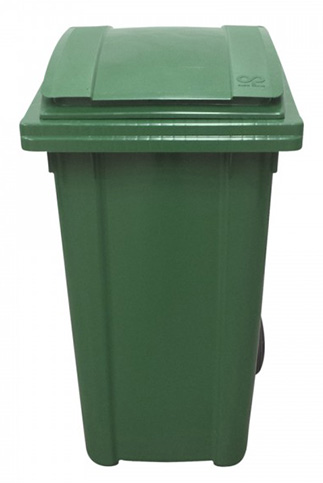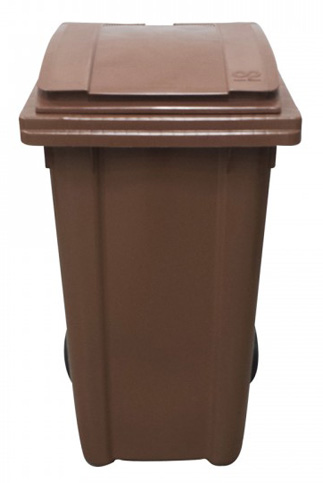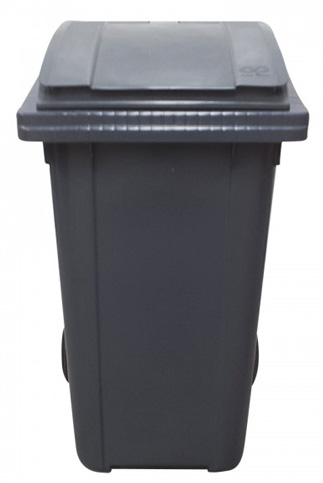Recycling & Segregation Tips
Household Waste can usually be segregated into three categories…
RECYCLABLE WASTE, BIO-WASTE/FOOD WASTE and NON-RECYCLABLE or GENERAL WASTE.
Waste segregation is not only good for the environment but will also save you money with the arrival of Pay-By-Weight charges. Waste Service Providers will be charging on a kilo basis for waste disposal with Non-Recyclable Waste expected to cost three times more per kilo than Bio-Waste or Recyclables, so
SAVING THE ENVIRONMENT WILL ALSO SAVE YOU MONEY…
The ultimate Win Win Situation!
Recyclable Waste (Green Waste)
This waste includes:
- Paper and cardboard
- Plastic
- Tetra Packs
- Aluminum and steel tins and cans
All items should be clean and dry, and containers should be squashed to reduce their volume

Bio-waste (Brown Waste)
This waste includes:
- Food waste both cooked and raw
- Garden clippings, pruning’s, leaves etc.
- Paper towels and tissues
If composting at home do not place cooked meats on compost heaps as it attracts vermin

Non Recyclable Waste (Grey Waste)
This includes all non-recyclable, non-compostable and non-hazardous waste such as:
- Ashes
- Sanitary items
- Dirty plastic, wrappings, cling film, tin foil
- Toothpaste tubes
- Stained clothes
- Crisp and foiled backed packaging

All glass items should be disposed of by their transportation to bottle banks or the use of kerbside containers supplied by your waste service provider.
Similarly, recyclable clothes should be taken to clothes banks.


